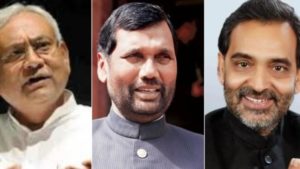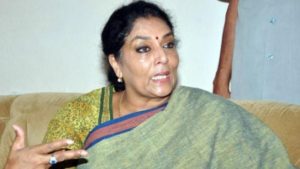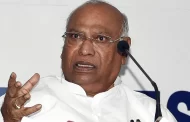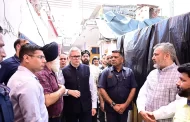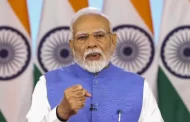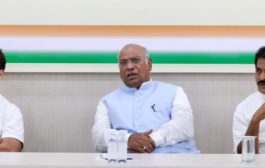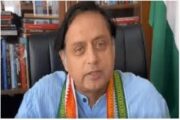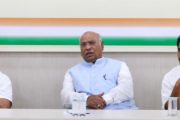While minutes of the RBI Board meeting on November 8, 2016 , reported by The Indian Express on Friday, confirm that Demonetisation was the PM’s call, there are questions which still remain unanswered

What was special about November 8, 2016 when Prime Minister Narendra Modi hurriedly announced demonetisation of ‘High Denomination’ Currency which constituted 86% of the currency in circulation at that time? And why did the RBI and the Government start printing ₹2000 currency notes when they were discussing for ‘months’ how to render ₹1000 notes invalid?
These two questions still remain unanswered even as The Indian Express on Friday accessed the minutes of the RBI board meeting held hurriedly at 5.30 pm on the fateful day and revealed that the Board had warned the Government of the adverse effects in the short term. The report by Ritu Sarin also quotes the minutes recording that the Board had been left unimpressed with the Government’s justification that demonetization would extinguish black money and counterfeit notes.
Both the grounds, however, were mentioned as key objectives by the Prime Minister in his address to the nation. Had he already recorded his address before the RBI board meeting? Or was it too late for him to change the script?
The disclosure of the two-year old minutes of the board meeting, something that the RBI had steadfastly refused to share till now, is clearly designed to salvage the reputation of the central banker and the RBI Governor Urjit Patel, who had been accused of meekly succumbing to the Government.
The minutes now reveal that the RBI was well aware of the adverse impact the move would have on growth, GDP, the medicare sector, tourism and the informal economy. It also reveals that the RBI Board had warned the Government in writing, warnings which the Prime Minister and the union cabinet refused to heed.
The timing of the report, barely 10 days before the RBI Board meets again to discuss the Government’s proposal that RBI should dip into its reserves and transfer an amount that is speculated to be in the range of one to three lakh Crores of Rupees to the government for public spending before the election, is significant.
Is the ‘leak’ of the two-year old minutes of the meeting meant to reassure people that the central banker remains prudent and would once again place on record its reservations and allow the Government to bite the bullet? Or is it meant as a message to the Government that more ‘leaks’ of the Government’s intent, proposals etc. could be embarrassing in an election year?
In any case, the two questions about the importance of November 8, 2016 and printing of Rs 2000 currency notes, remain unanswered. Former banker Meera Sanyal in her comprehensive book on Demonetisation, ‘The Big Reverse’ offers three explanations about why the PM was in such a tearing hurry to announce Demonetisation.
- The most popular explanation doing the rounds, Sanyal recalls, was that the PM and the BJP were keen to put opposition political parties at a disadvantage before the Uttar Pradesh Assembly election, four months down the line.
- The second explanation was the urgency to divert attention from Sahara Papers (Papers seized by the Income Tax Department from offices of the Sahara Group) which indicated that before the 2014 general election, Sahara alone had paid a handsome amount in cash and in instalments to the then Gujarat Chief Minister.
- Finally, the PM’s perceived need to do something dramatic to show people that he was serious about the war on black money.
All said and done, minutes of the RBI Board meeting on November 8, 2016 as reported by The Indian Express on Friday, does confirm that it had, howsoever reluctantly, endorsed Demonetisation as ‘commendable’ and hoped that it would incentivise the use of electronic payment systems.
source: NH

